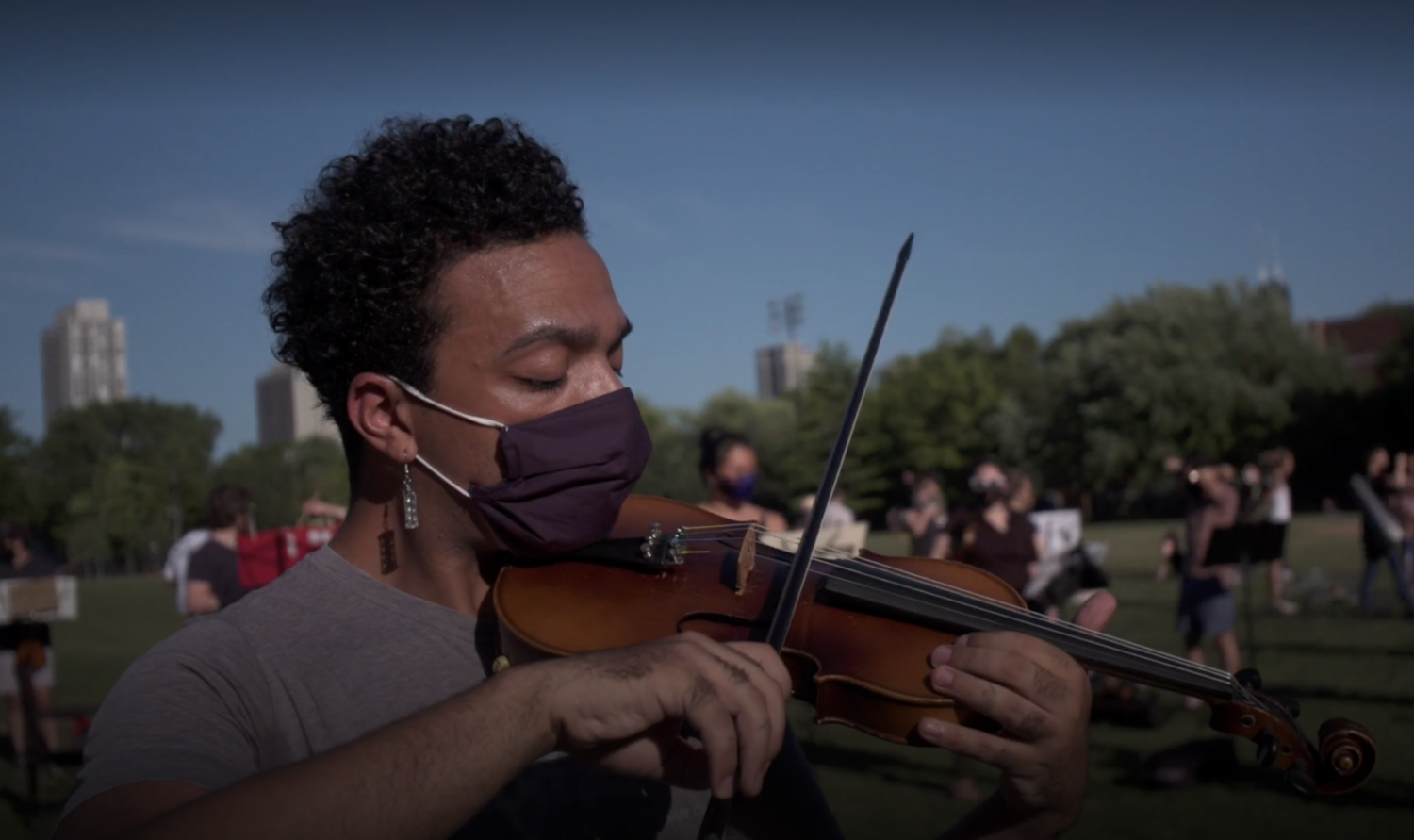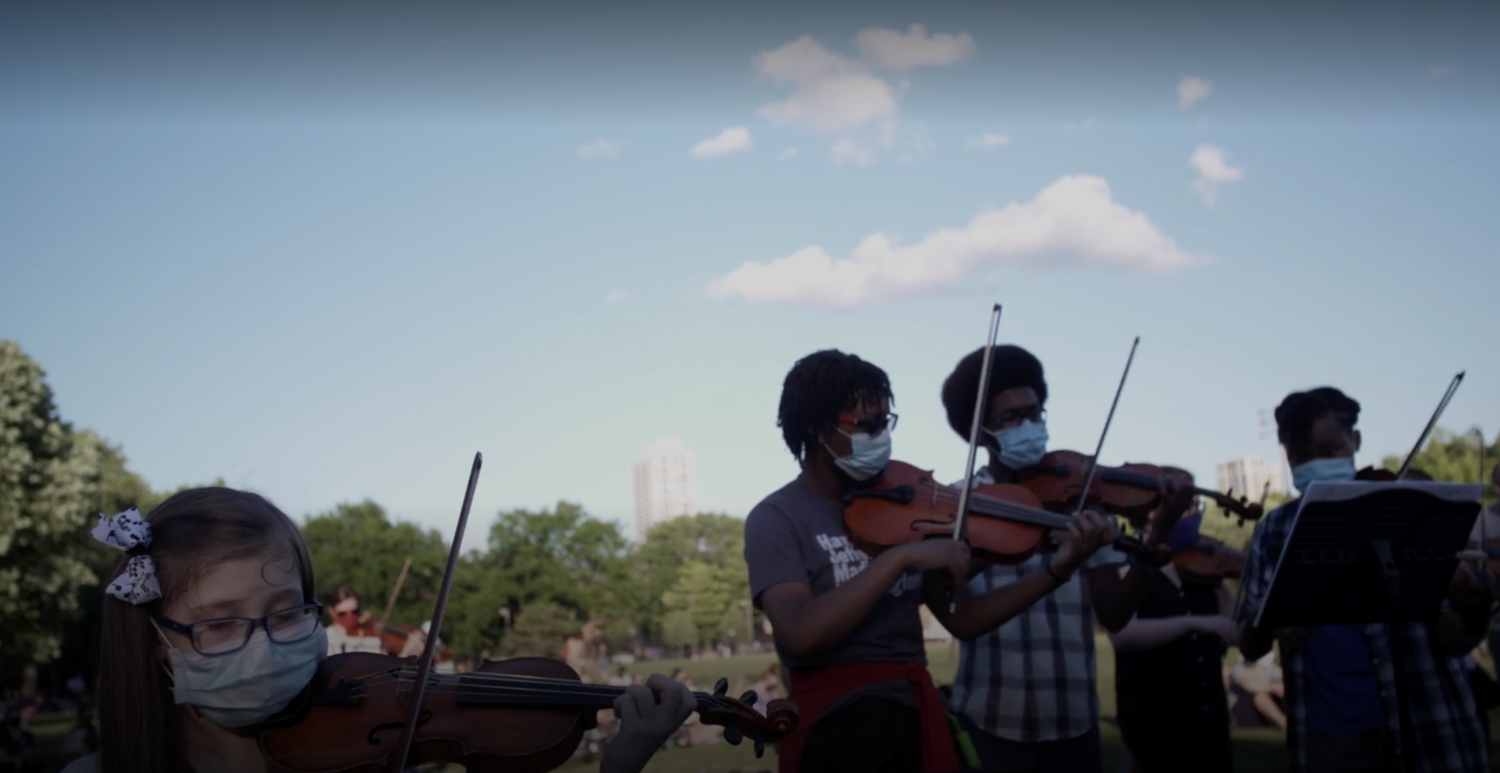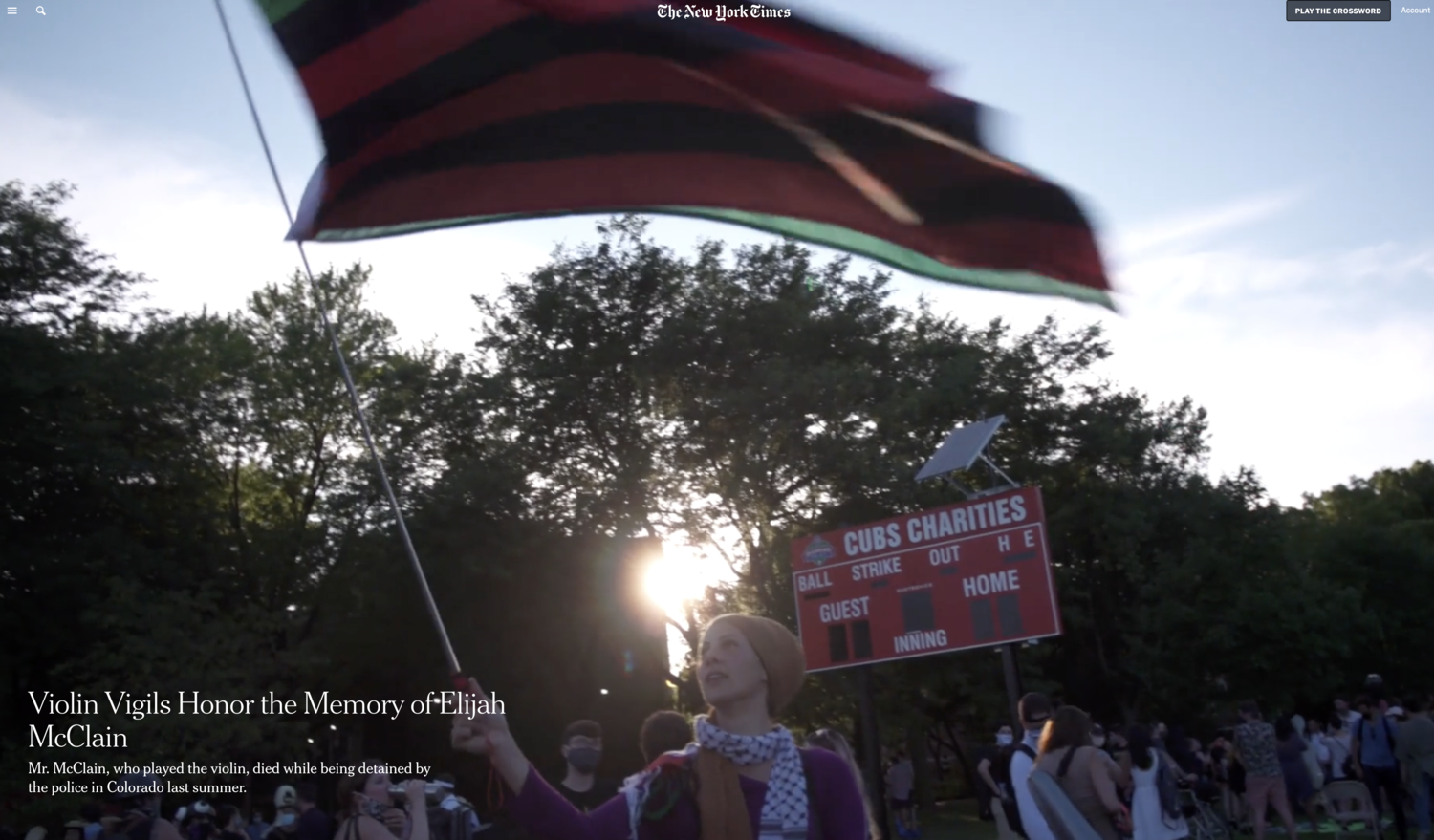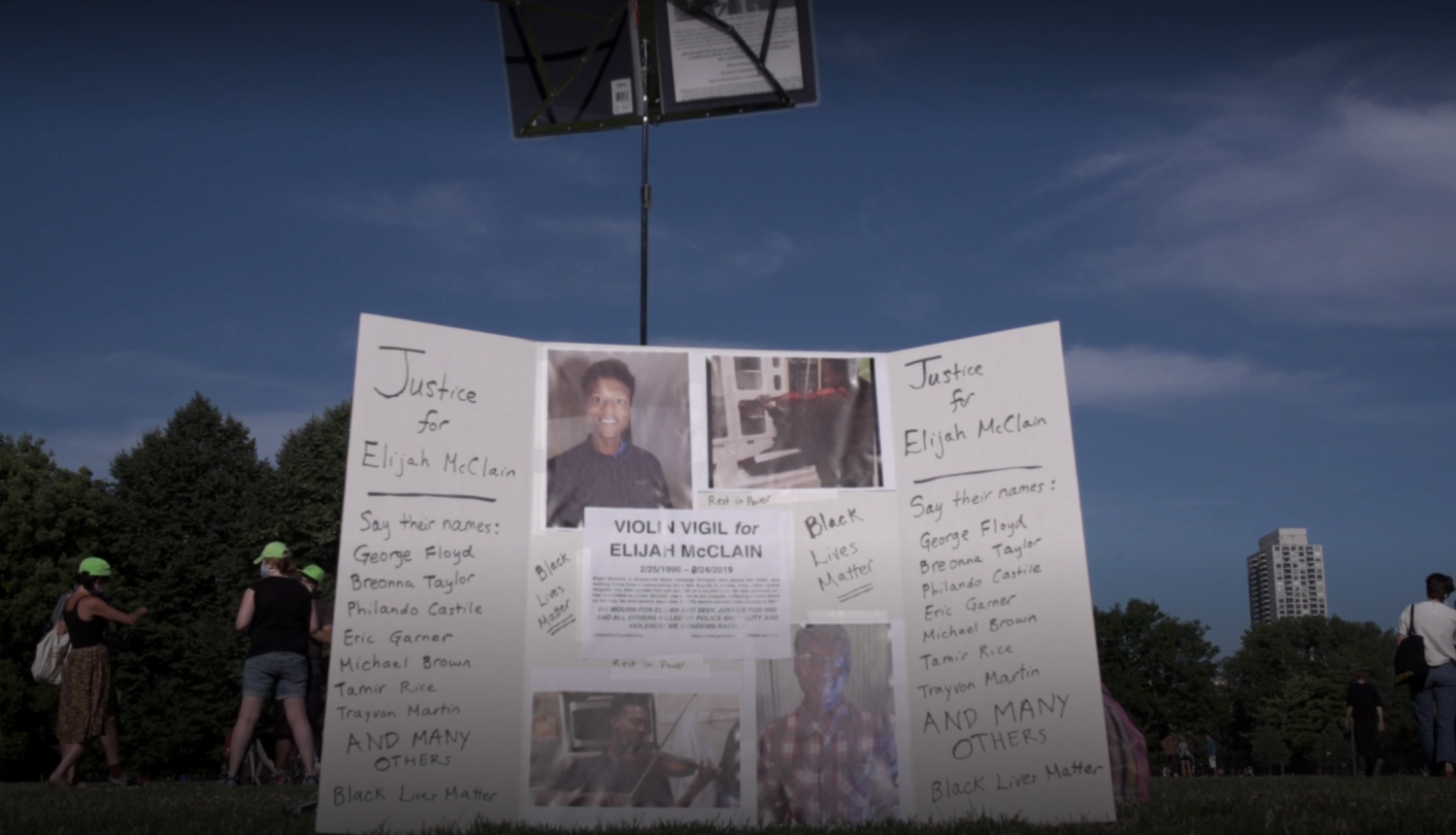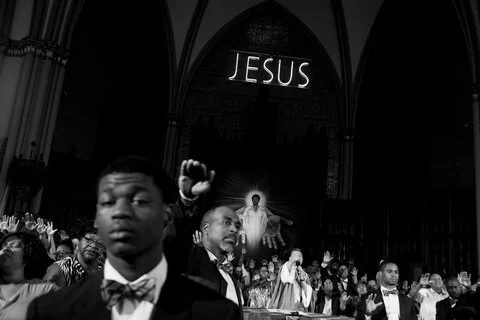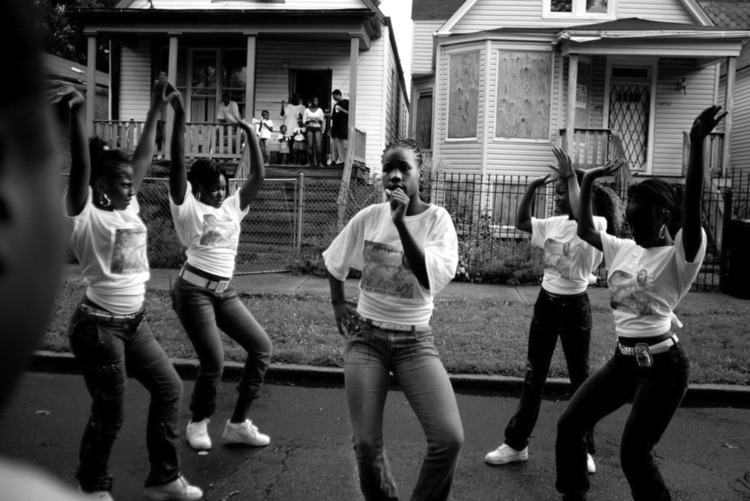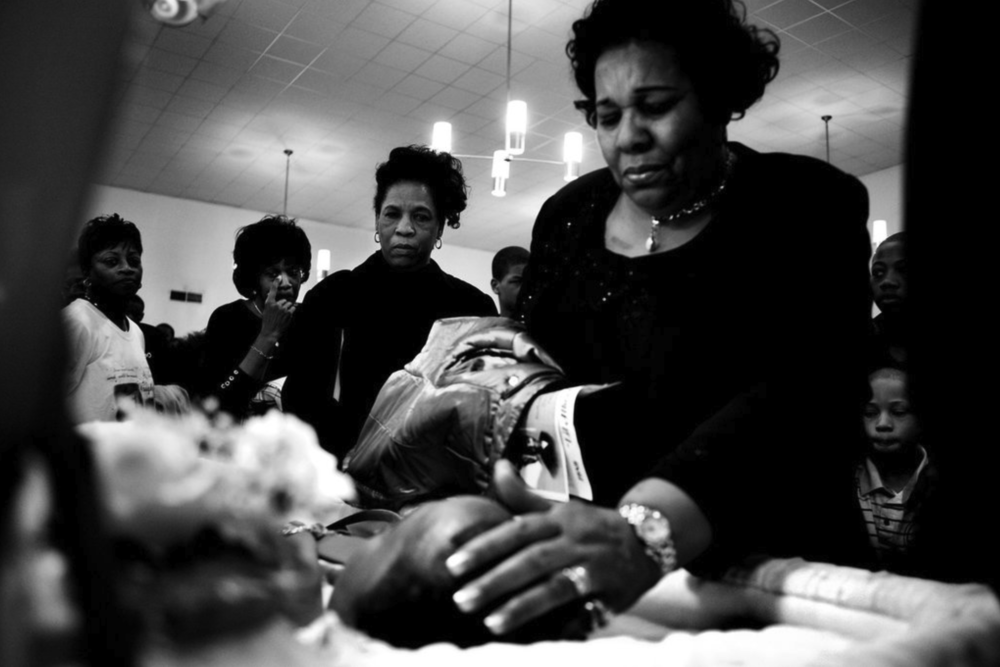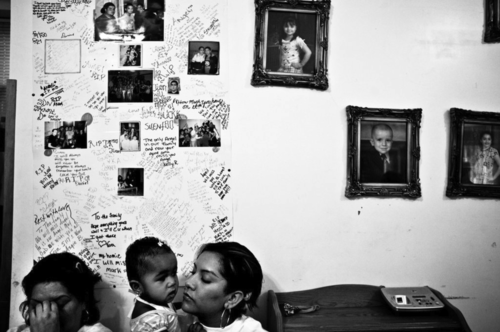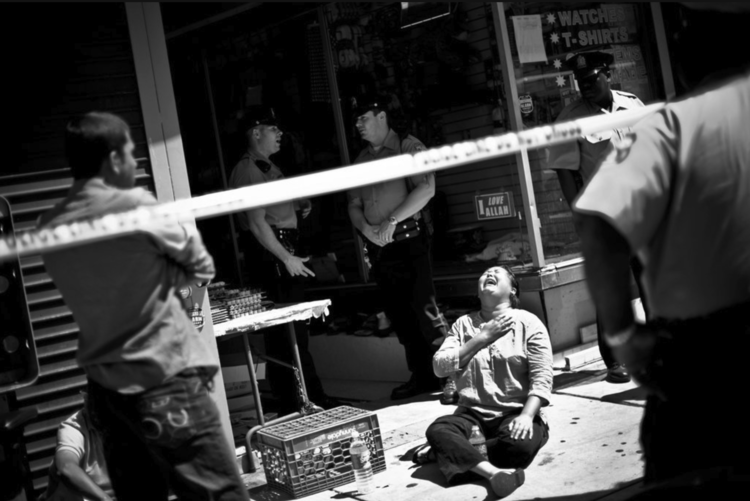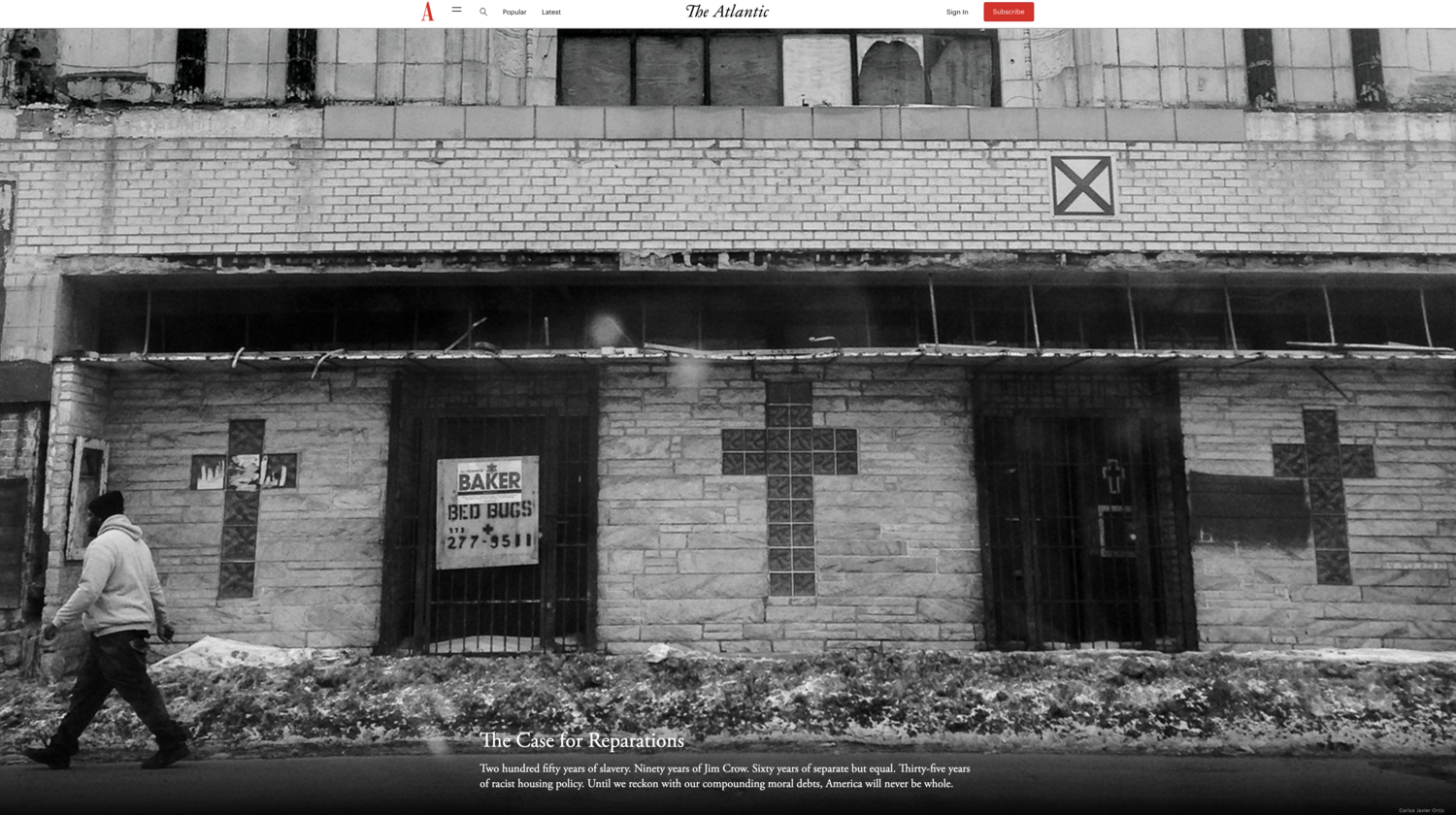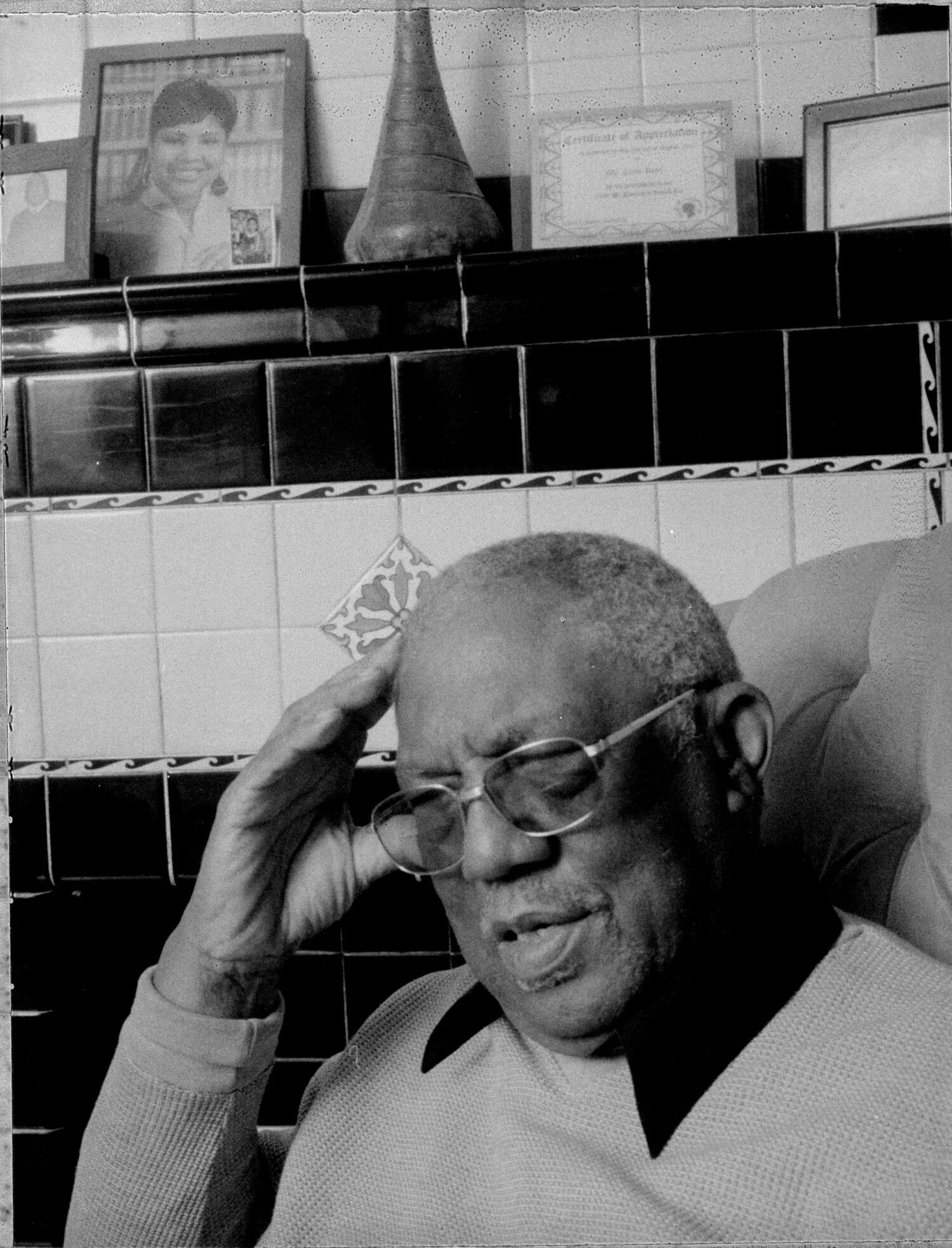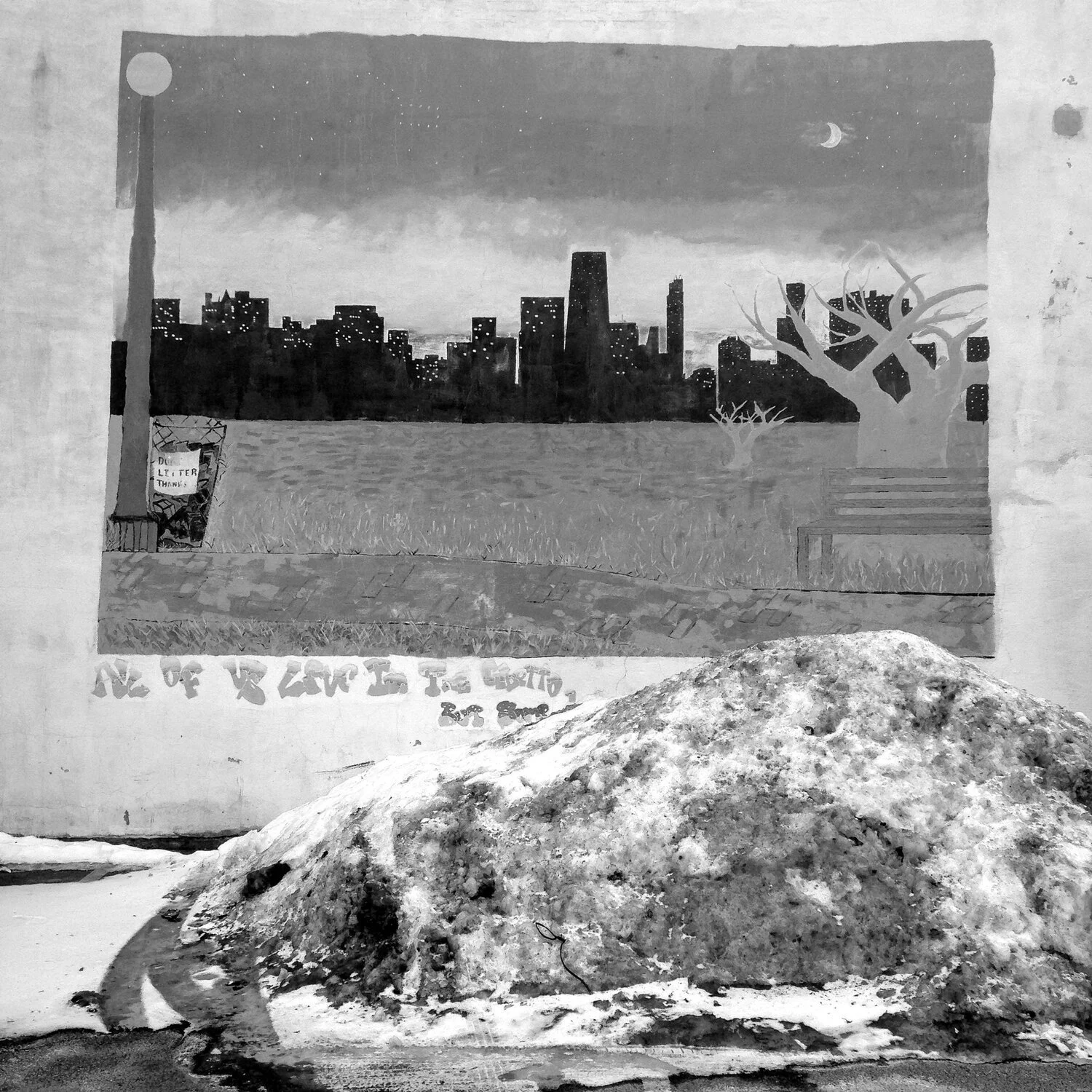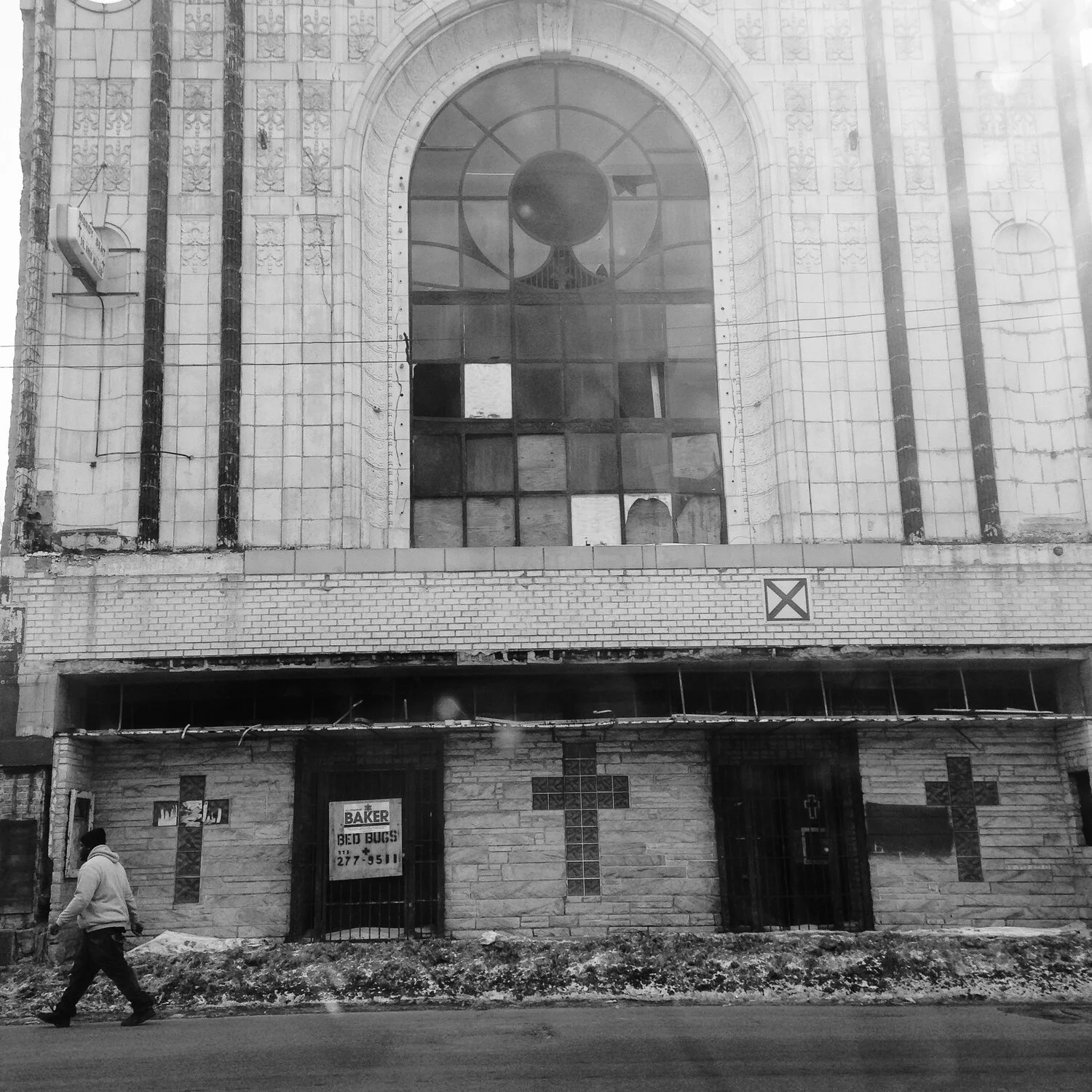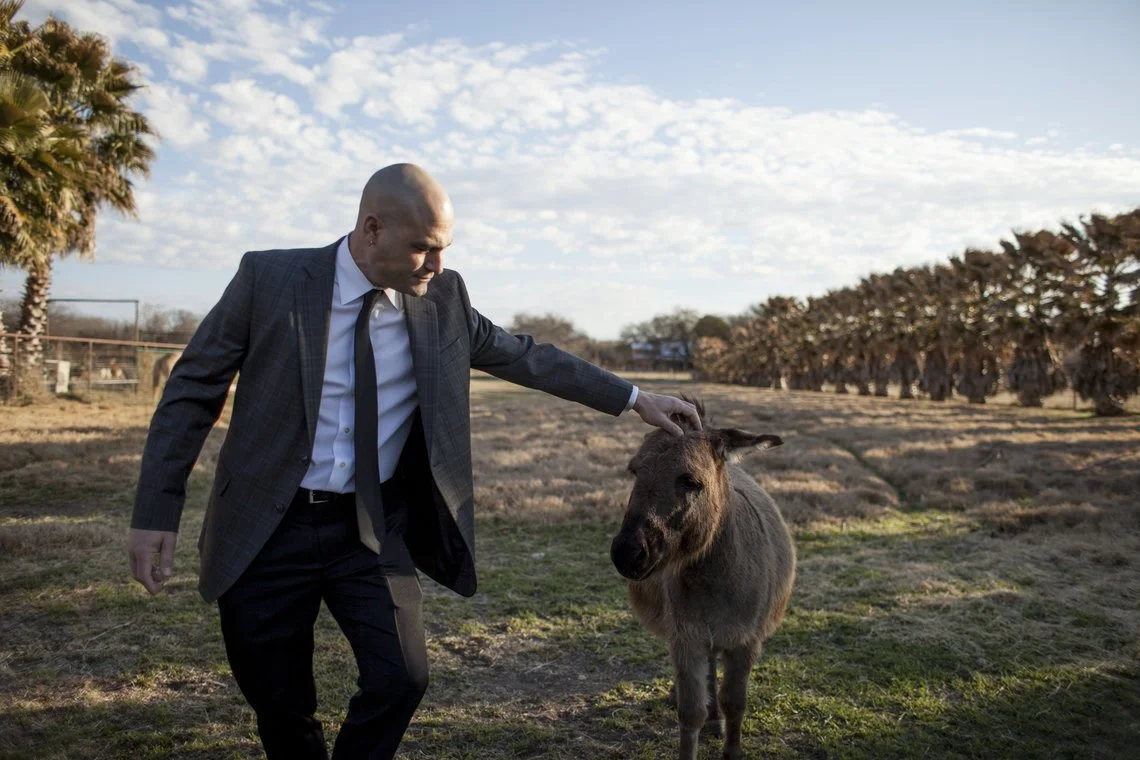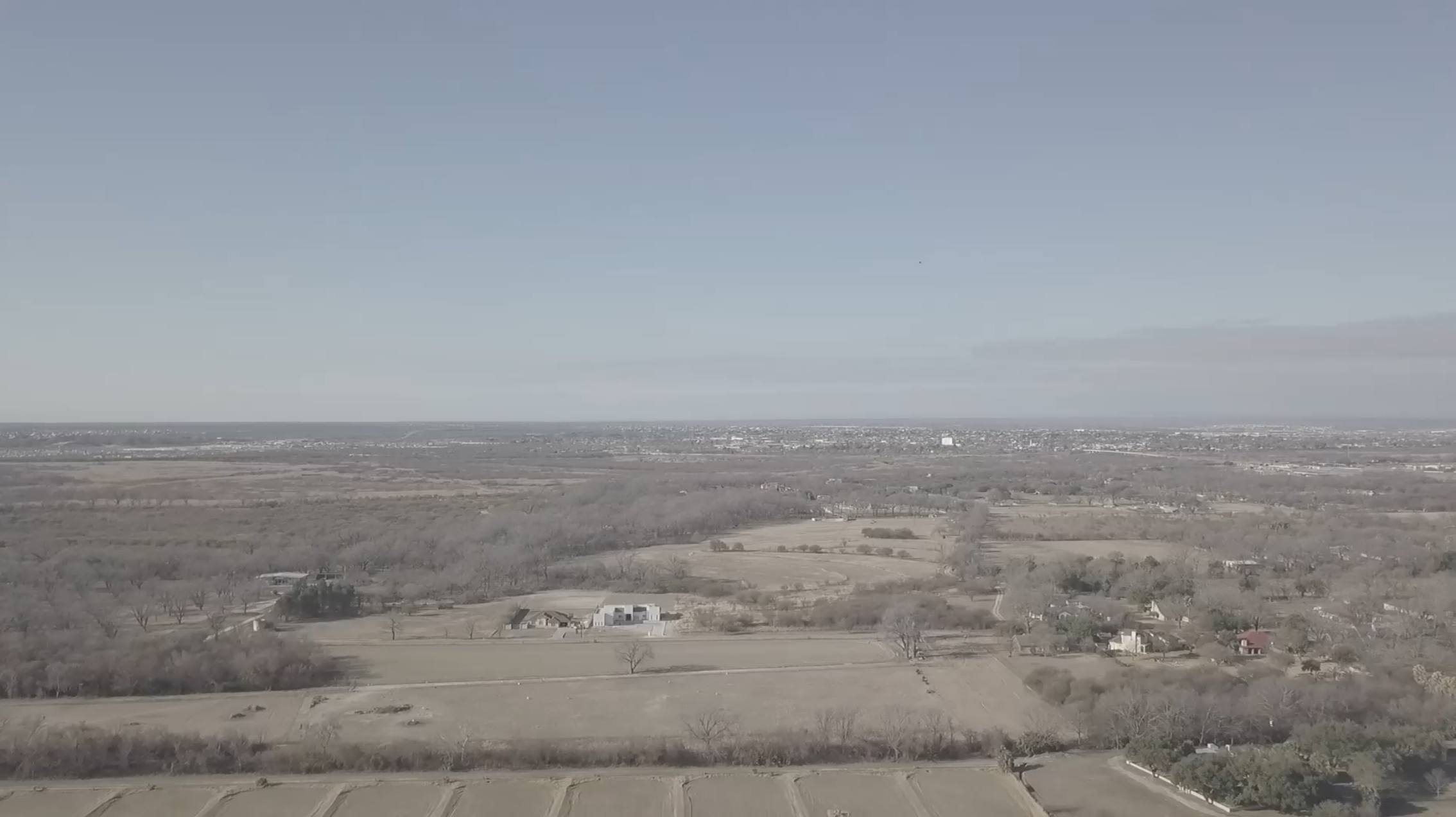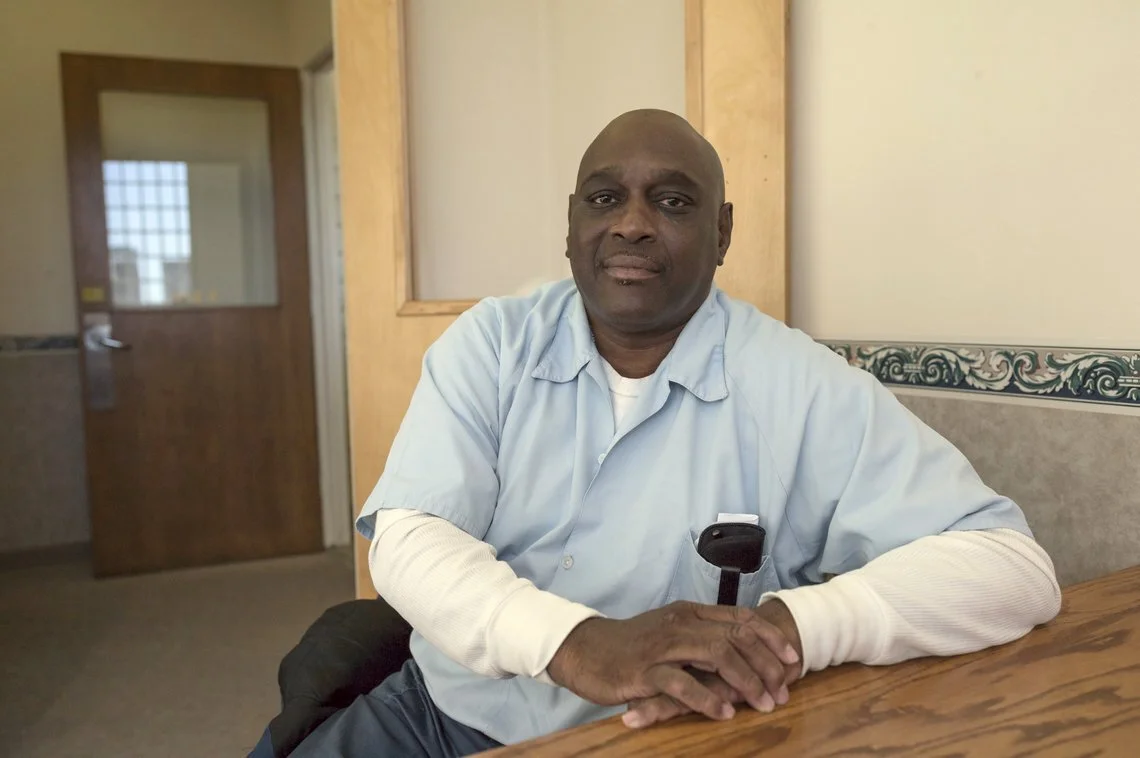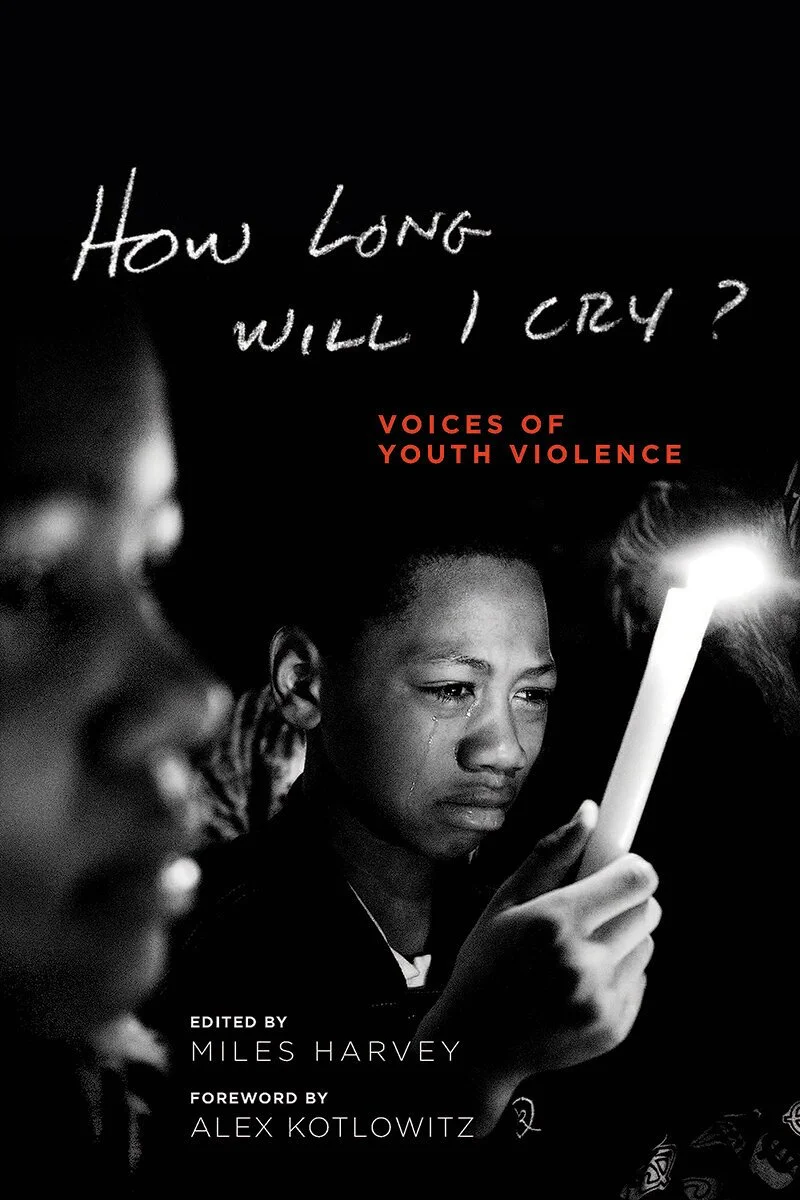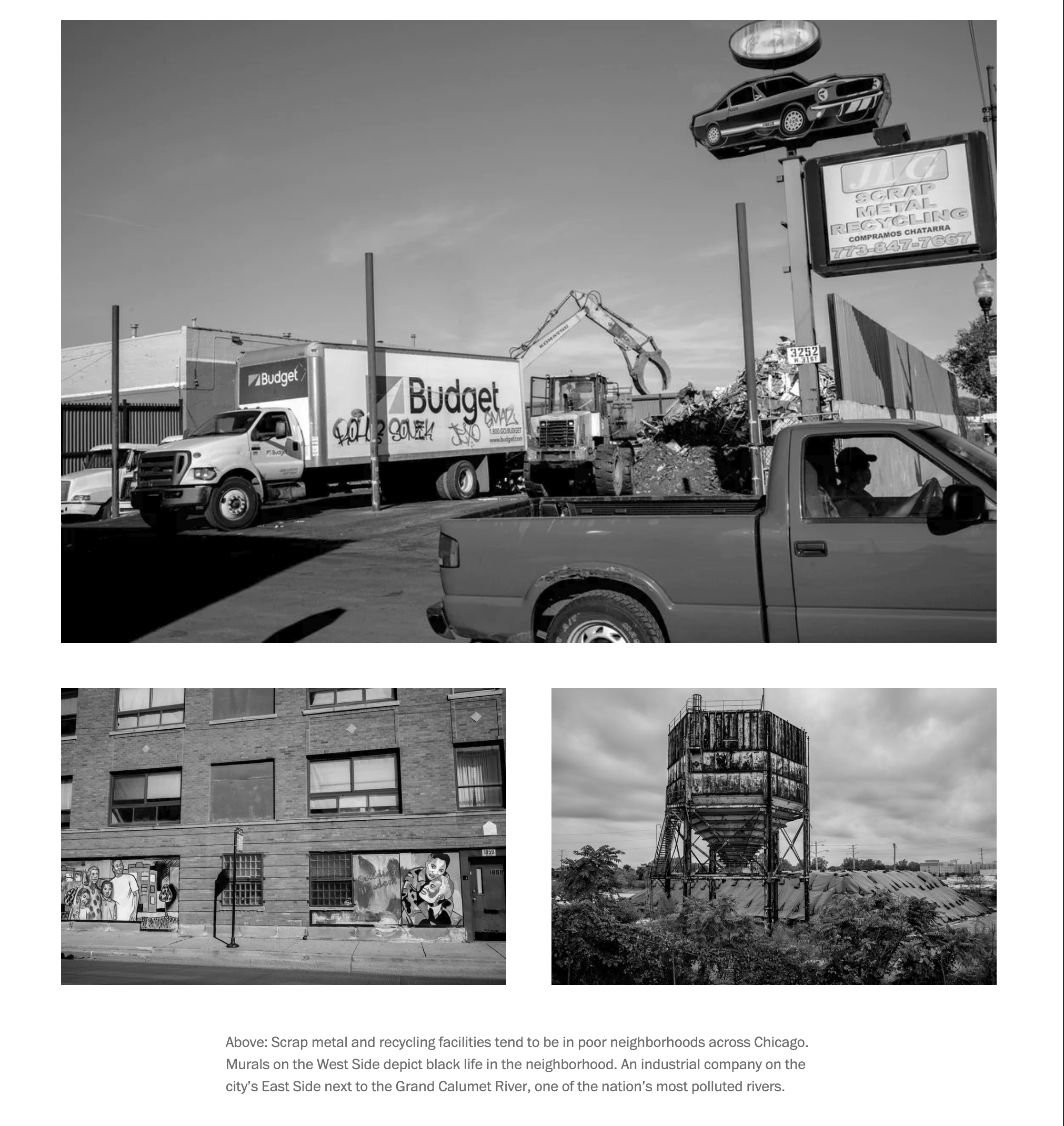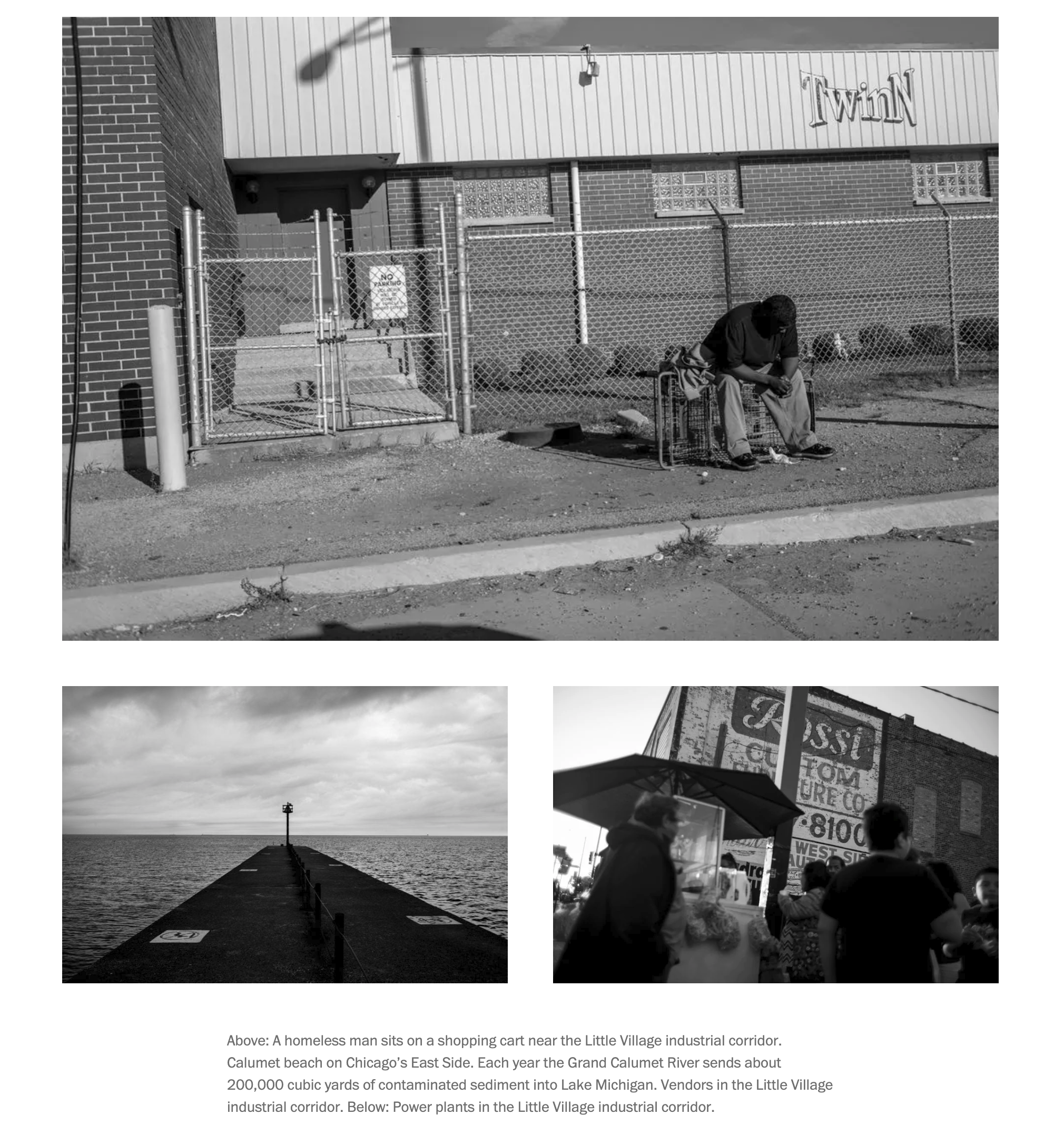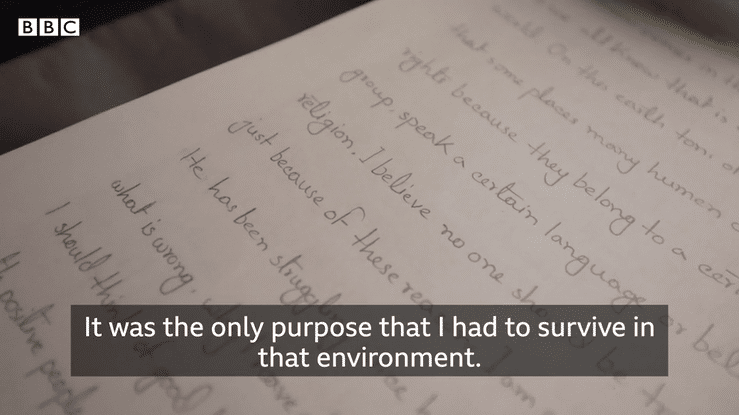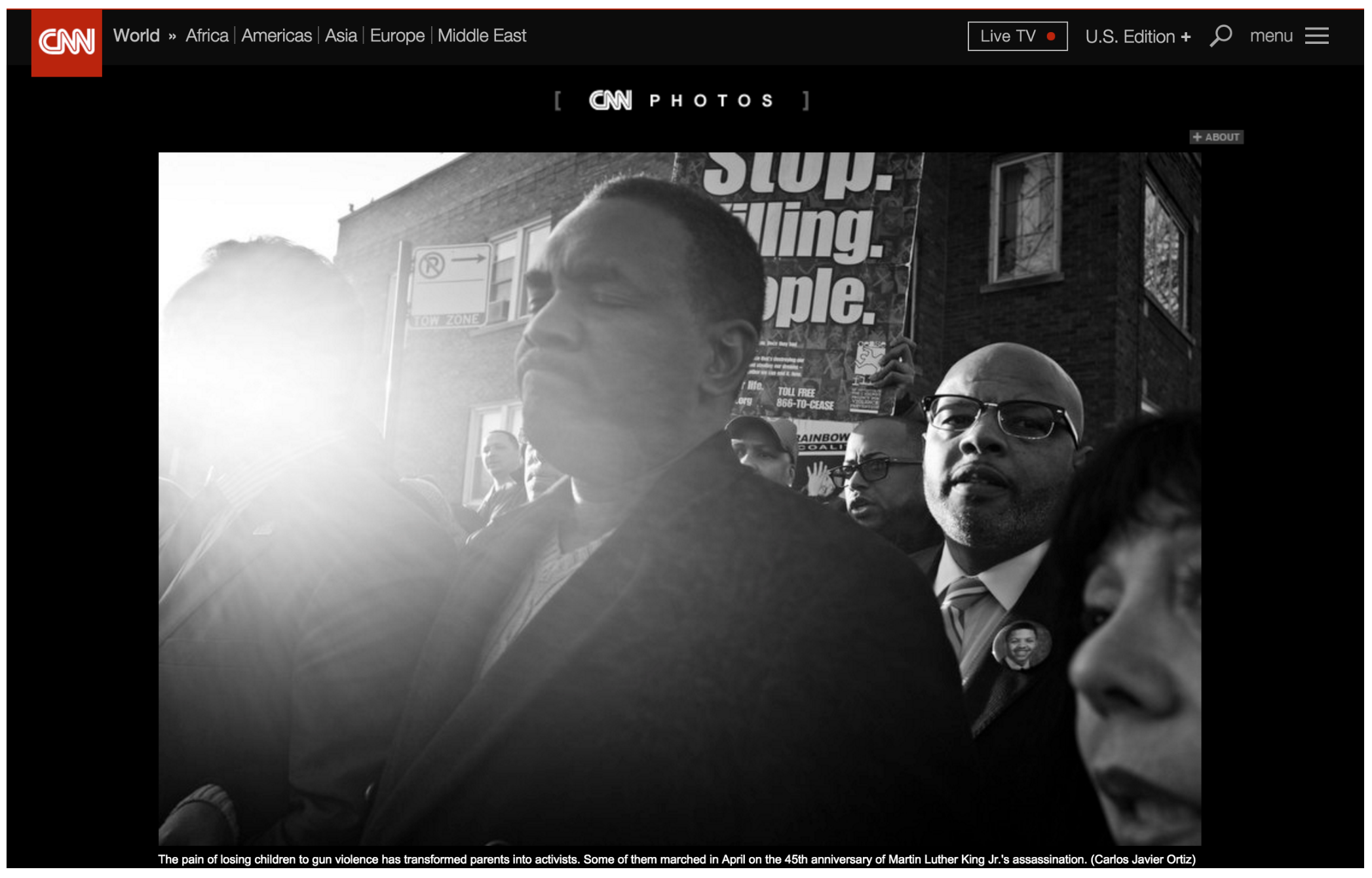New York Times
Violin Vigils Honor the Memory of Elijah McClain
New York Times
Brown Planet Productions collaborated with The New York Times to document a violin vigil for Elijah McClain, a 23 old black man who was killed by police in Aurora, Colorado in 2019.
Brown Planet Productions founder Carlos Javier Ortiz was assigned by The New York Times to video document a heroic violin vigil for Elijah McClain. The video supplements a New York Times article, chronicling the events that led to a national-wide series of vigils and highlights a socially distanced musical performance during the summer of 2020.
Life After Death in Chicago
The New York Times [LENS]
New York Times writer, David Gonzalez, spotlighted the work of Brown Planet Productions founder, Carlos Javier Ortiz in a 2013 interview for [LENS].
The article discusses the making of his book “We All We Got” and presents a selection of photography from the 2013 Red Hook Edition’s release.
Photography by: Carlos Javier Ortiz
Written by: David Gonzalez
The Atlantic
THE CASE FOR REPARATIONS BY TA-NEHISI COATES
THE ATLANTIC
Brown Planet Productions founder Carlos Javier Ortiz was assigned by The Atlantic to supplement Ta-Nehisi Coates' critically acclaimed article “The Case for Reparations”.
During the two years that Ta-Nehisi Coates wrote his 16,000-word essay, Carlos photographed the article's subjects and the North Lawndale neighborhood of Chicago. The various portraits and neighborhood landscapes are shot in a vivid monochromatic style and highlight decades of struggle through images of dilapidated houses, empty lots, and abandoned churches. Ta-Nehisi’s essay would go on to receive high praise, even making and contributing heavily to our current conversation on red-lining, gentrification, and racial inequality.
The New Yorker
SHOW DON’T TELL
The New Yorker
Brown Planet Productions founder, Carlos Javier Ortiz, photography was used by writer Curtis Sittenfeld’s short story Show Don’t Tell which was published in The New Yorker’s June 5 & 12 2017 Issue.
Written by: Curtis Sittenfeld
Photography by: Carlos Javier Ortiz
Amazon Original Stories
CELLMATES BY TONI MARLAN
THE MARSHALL PROJECT
AMAZON ORIGINAL STORIES
Brown Planet Productions founder Carlos Javier Ortiz was assigned by The Marshall Project to photograph for Tony Marlan’s Cellmates, a story written in collaboration with Amazon Original Stories and a part of a larger collection of stories about Criminal justice in Chicago.
Photography by: Carlos Javier Ortiz
Written by : Toni Marlan
Steppenwolf Theater
HOW LONG WILL I CRY?: VOICES OF YOUTH VIOLENCE
Carlos Javier Ortiz was asked by DePaul University's creative writing department to use an image from his book “We All We Got” as the cover for their own “How Long Will I Cry?: Voices of Youth Violence”.
DePaul University’s creative-writing students interviewed people across Chicago who've been directly affected by gun violence and created a harrowing compendium of true-stories and first-hand accounts. The book was later adapted for the stage and was performed from February 26 - March 23, 2013 at the Steppenwolf Theater. The image entitled “Lil Al Vigil, Englewood, Chicago” (2008) was used for the play’s poster and has since been acquired by the Museum of Contemporary Photography Chicago.
The Washington Post Magazine
For the past 15 years my work has focused on addressing injustice in black and brown communities. I target issues of structural discrimination, violence, poverty, migration, marginalization and human rights. My work in film and photography has always revolved around what I call the beautiful struggle: life after death, family stories, human resilience and bridging the spaces between these subjects.
For this issue I was compelled to address the topic of race in a different way and thought about neighborhood effects on people of color, who are the most vulnerable population when it comes to environmental injustice in urban America. Environmental racism begins in the barrios and neighborhoods where black and brown people live, go to school, work and raise their families. In the third largest American city, Chicago’s black and brown people live in some of the most polluted neighborhoods, surrounded by superfund sites, toxic landscapes, illegal dumping and air pollution.
We often don’t correlate racism with polluted neighborhoods in American cities. That seems like something that happens on the other side of the world. But the reality of environmental racism has been rooted in America’s history, in which municipal zoning laws and restrictive policies such as Jim Crow and redlining have locked the poor into toxic neighborhoods — and today not much has changed.
To illustrate the landscape where environmental injustice takes place in contemporary Chicago, I spent most of my time driving in and around black and brown communities: neighborhoods on the South, East and West Side of the city, once populated by European immigrants considered to be the undesirables many years ago. I didn’t have to look hard for the structures polluting our neighborhoods; they tower over us, hiding in plain sight behind schoolyards, between ribbons of concrete highways.
The residents in these neighborhoods have injected their culture and labor to make the city what it is today. Chicago’s politicians need to step up and provide safe neighborhoods, living-wage jobs and excellent public schools with a clean and healthy environment for the people who hold the city on their shoulders.
Carlos Javier Ortiz is a director, cinematographer and documentary photographer who focuses on urban life, gun violence, racism, poverty and marginalized communities. In 2016, he received a Guggenheim Fellowship for film and video, and his work has been exhibited nationally and internationally, including at the Museum of Contemporary Photography in Chicago and the Library of Congress.
BBC
Born into statelessness
DETOURS SERIES: BBC WORLD SERVICE + SUNDANCE INSTITUTE
Brown Planet Productions collaborated with BBC World Service and Robert Redford’s Sundance Institute to document the story of Imran Mohammad, a Rohingya refugee, who was detained indefinitely on Manus Island.
Brown Planet Productions produced a short film to accompany the “Detours 4: Imran is stateless” podcast episode. The story centers around Imran Mohammad, who fled violence in Myanmar, only to be detained in Papua New Guinea. Brown Planet Production’s founder, Carlos Javier Ortiz, documented the podcast interview and shadowed producer/interviewer Elyse Blennerhassett in documenting Imran’s story.
Cinematography by: Carlos Javier Ortiz
Produced by: Elyse Blennerhassett
Narration by: Imran Mohammad
Guns without Borders in Mexico and Central America March 29 - November 16, 2014
Museums are filled with depictions of violence. Christ on the cross, The Trojan War, saints vanquishing Satan—these are common narratives in paintings lining the halls of most fine art institutions. In the case of arms and armor, these beautiful objects are understandably displayed to emphasize their exquisite craftsmanship, just as they are in Knights! Seen from this perspective, it is easy to romanticize items like swords and shields as hallmarks of a forgotten era of chivalry. However, the Worcester Art Museum presents an alternative narrative, reminding viewers that arms are designed to assault and armor exists to protect our fragile bodies from injury: [READ MORE][0]
By James E. Causey: If a picture is worth a thousand words, then Carlos J. Ortiz's camera lens has written an encyclopedia on youth violence.
Through his black and white photography, Ortiz has captured the pain of a mother saying goodbye to her son as he lay in a casket. Her hand gently caresses the top of the teen's head.
In another photo, Ortiz shows a mother collapsing in a heap outside her corner store after hearing that her son had been shot and killed during a robbery. Police are standing around helpless
This video represents the continuation of our Facing Change: Documenting America (FCDA) series. FCDA is a non-profit collective of prominent photographers and writers who have come together to explore the United States during one of the most enduring times in the nation’s history.
The work of Carlos Javier Ortiz, one of the FCDA photographers, sheds light on the crime in Chicago and migrant workers in Illinois.

